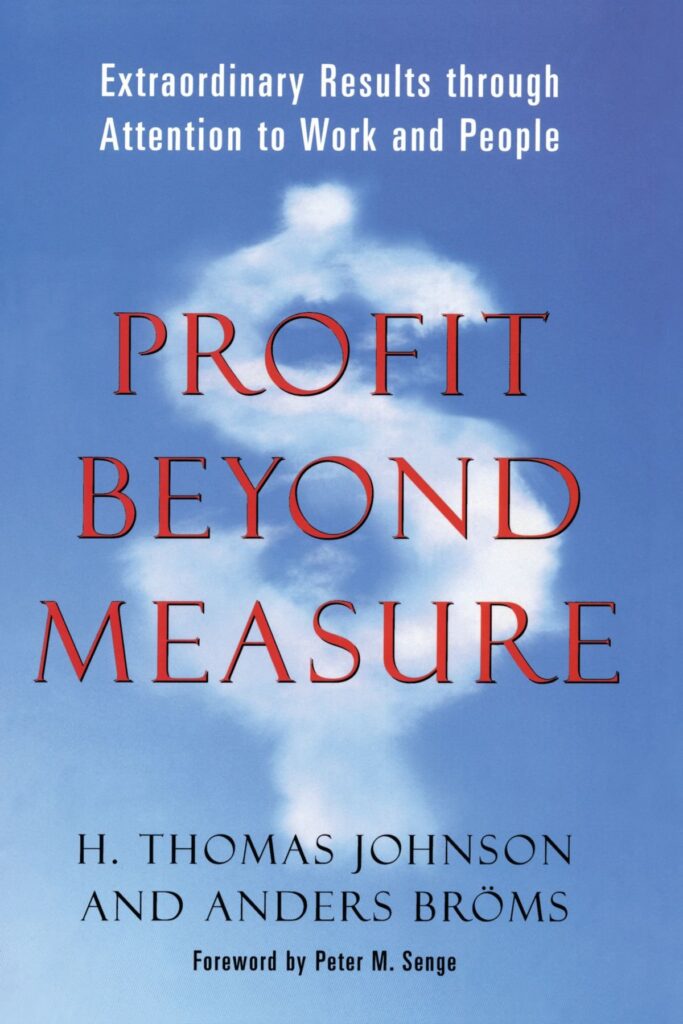Profitability learning
Make you and your customer profitable
Profitable customers give profitable companies – by supporting our customers we help ourselves.
Profitability for a company is like breathing. It is necessary for survival. Profitability is dependent not only on what is happening within a company, but also of the customer. Someone has to purchase the products and services that are produced. If you can make your customer return by pin-pointing its needs, the symbiosis with the customer will be optimal. The goal will effectively be to make the customer profitable. Hence, profitable customers give profitable companies.
For a company it is fairly easy to realize if it is profitable or not, i.e. the difference between income and expenditures. However, the macro level result sheets consist of numerous transactions that are not shown. In every transaction there is a learning and by that an opportunity to improve, independent of individual profit or loss.
All business consists of a number of individual transactions between the producer and the customer. Almost all of those transactions differs from each other. The price of a single product is usually standardized to the customer. But, dependent of the resource consumption at each sale/purchase occasion, the cost will differ. Considering each business transaction, having a fixed price and a variable true cost, will result in different profits and losses for the transactions, thus hidden by the financial models in use.
To remain profitable or achieve long-term profitability it is essential to understand the use of resources and income for each business transaction. Traditional accounting models using contribution and distribution methods simplifies the use of resources and does not manage to show the true use of those resources in a business transaction. The contribution and distribution models comes from a time when the number of indirect resources were proportionally far less than the direct labor. Today the proportions are more or less inverted. Hence, using a generalized distribution model for indirect costs will give misleading information to the organization and allow management to make decisions based on incomprehensive information.
The structure, compared to past times, is not limited to resources, but also to the product program. Today a company normally has a substantially wider product program than before, more diverse and more complex. Some things are “bread and butter” products others are more complex, demanding more development time, production time, marketing time and selling effort, thus affecting the resource usage more erratically. The simplified models are not particularly well suited for detailed studies of the profitability for the individual products.
By affecting the behavior both within a company as well as in the relation with the customer a company will have the potential to transform unprofitable transactions to profitable and already profitable transactions to even more profitable. One transaction at the time
SAM has been pioneers in order line profitability analysis and Activity Based Costing [ABC]. Even before the abbreviation “ABC” existed, SAM calculated order-line profitability. In Robert Kaplan and H Thomas Johnson’s book “Relevance Lost: The rise and fall of management accounting”, and in which ABC was presented to a wider audience, SAM was mentioned in relation to SAM’s work with Kanthal (now within the Sandvik corporation). The Kanthal-case is published by Harvard business school and still used in classes.
Understanding profitability and improving profitability is tightly connected to production strategies and product structures. The most strategic insights do not live on the bottom line, but in the shady costs above. It reaches all the way to a company’s general values and mindset. Independent of what the product is, goods or services, meeting the customer need in the most efficient and appropriate manner is essential to gain long-term profitability. A holistic mindset leads the way and the understanding of business details gives nourishment for improvements.

